
Sun's Motion Impact on Solar Panel Power Generation
In the pursuit of cleaner and more sustainable energy sources, solar power has emerged as a frontrunner in the race towards a greener future. Solar energy harnesses the power of the sun to generate electricity, and solar panels are at the forefront of this transformation. As the world turns its attention towards renewable energy , it's essential to understand how the motion of the sun impacts the power generated from solar panels. In this comprehensive blog, we will delve into the fascinating world of solar energy, exploring how the sun's movement affects solar panel performance.

Understanding Solar Energy
Before we dive into the dynamics of the sun's motion and its effect on solar panels, let's grasp the basics of solar energy.
Solar energy is a clean and renewable source of power derived from the sun's radiation. Solar panels, also known as photovoltaic (PV) panels, are the primary tools used to capture this energy. These panels consist of many solar cells made of semiconductor materials, typically silicon, which absorb sunlight and convert it into electrical energy.
The sun, being our primary source of solar energy, plays a pivotal role in the efficiency of solar panels. Its position in the sky and the duration of sunlight exposure significantly impact the amount of energy that can be harnessed.

The Motion of the Sun
The apparent path of the sun across the sky, a result of the Earth's rotation on its axis, leads to changes in the angle at which direct sunlight strikes the Earth's surface. This creates the impression that the sun is in constant motion when viewed from a fixed point on Earth. The sun's position in the sky is influenced by various factors, including geographic location, time of day, and time of year. This apparent motion of the sun has a significant impact on the amount of energy collected by a solar collector.
When the sun's rays are perpendicular to the surface of a solar collector, the power density on that surface is at its maximum, matching the incident power density. However, as the angle between the sun and the surface changes, the intensity of sunlight reaching the collector diminishes. When the solar module aligns parallel to the sun's rays, with the angle to the module's normal at 90°, the intensity of sunlight effectively drops to zero. For angles between these extremes, the relative power density follows a cosine function of the angle (θ) between the sun's rays and the module's normal.
The specific angle between the sun and a fixed location on Earth is determined by a combination of factors, including the location's longitude, the time of year, and the time of day. Furthermore, the times of sunrise and sunset are also influenced by the longitude of the location. Consequently, a comprehensive model to calculate the sun's angle at a fixed position on Earth necessitates information such as latitude, longitude, day of the year, and time of day.
The Earth's rotation and its orbit around the sun result in the sun's apparent movement across the sky. This movement has several critical implications for solar energy generation:
Solar Panel Orientation: To maximize energy production, solar panels are typically installed at an angle that allows them to face the sun directly. This angle varies throughout the day as the sun moves across the sky. Solar tracking systems, which adjust the orientation of panels to follow the sun's path, can further enhance energy capture.
Daily Sunlight Variations: The sun's motion causes variations in the intensity of sunlight received by solar panels throughout the day. Energy production is highest when panels are perpendicular to the sun's rays, which typically occurs around solar noon.
Seasonal Changes:Solar panels need to account for the sun's changing position throughout the year. The angle of the sun in the sky varies with the seasons, leading to differences in energy production. Adjusting the tilt of solar panels can help optimize their performance for each season.
Latitude Matters: Latitude Matters: The sun's path across the sky also varies depending on the latitude of the installation site. Locations closer to the equator experience more consistent sunlight throughout the year, making them ideal for solar energy generation.
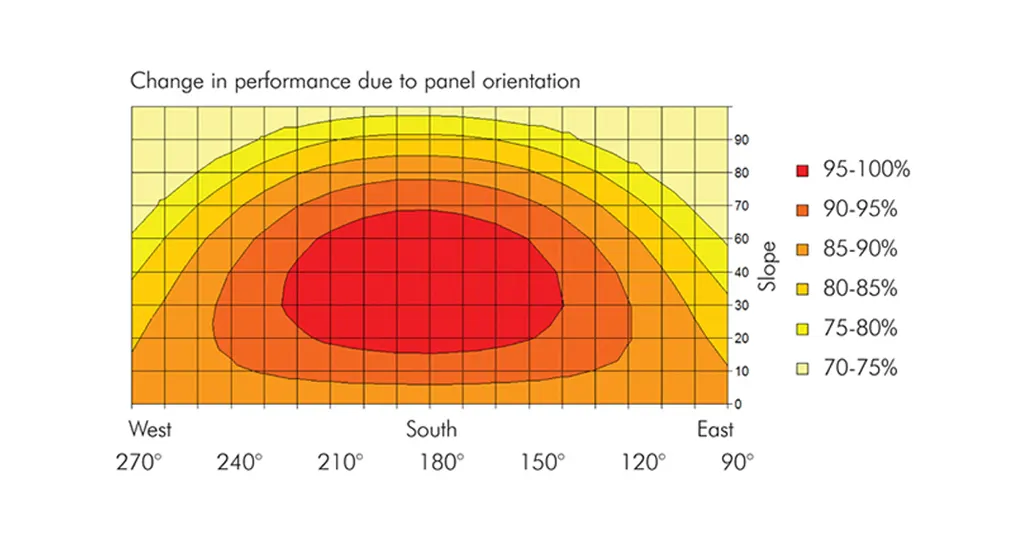
Impact of Sun's Motion on Solar Panel Efficiency
Now that we've established the significance of the sun's movement, let's explore how it affects the efficiency and power generation of solar panels:
Daily Efficiency Fluctuations: Solar panels produce the most electricity when they are directly facing the sun. As the sun moves from east to west, panels' efficiency fluctuates, with the highest output achieved around solar noon. This daily variation can be mitigated by using tracking systems that follow the sun's path.
Seasonal Efficiency Changes: Solar panels generate more energy in the summer than in the winter due to the sun's varying position in the sky. Adjusting the panel tilt angle can help compensate for this seasonal change, ensuring optimal energy production year-round.
Latitude and Sunlight Availability: Solar panel installations at higher latitudes receive less sunlight throughout the year compared to those at lower latitudes. It's crucial to consider the geographical location when designing solar energy systems to account for these differences.
Solar Panel Technologies and Adaptations
Solar module manufacturers are constantly innovating to improve the efficiency and performance of solar panels, regardless of the sun's motion. Some key advancements and adaptations include:
Solar Tracking Systems
Now that we've established the significance of the sun's movement, let's explore how it affects the efficiency and power generation of solar panels:
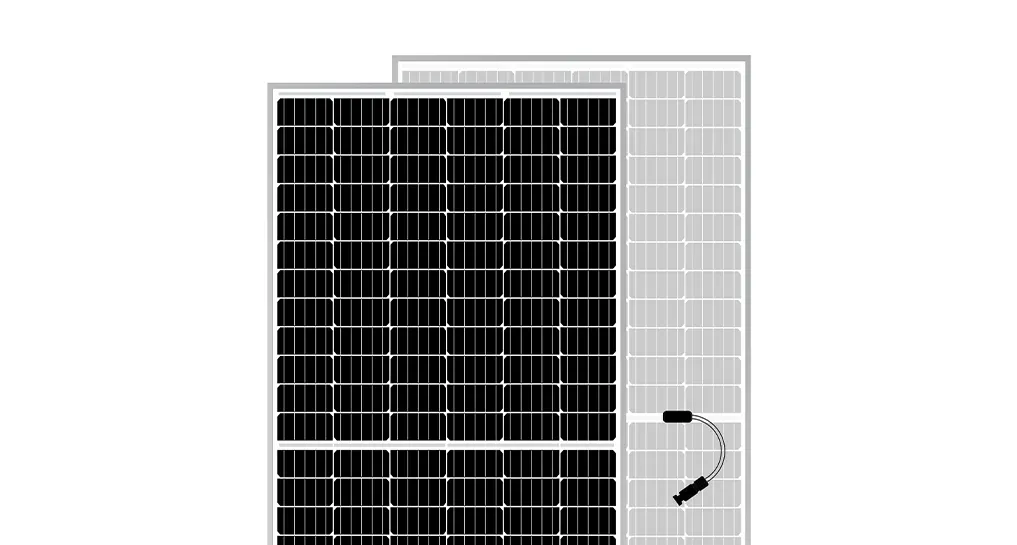
Bifacial Solar Panels
Bifacial solar panels are designed to capture sunlight from both the front and rear sides, increasing energy generation by reflecting and absorbing light. This design allows for more flexibility in capturing sunlight from various angles.
Smart Inverters and Micro-Inverters
Inverters play a crucial role in converting the DC electricity generated by solar panels into AC electricity usable in homes and businesses. Smart inverters and micro-inverters optimize energy production by continually adjusting to changing conditions.
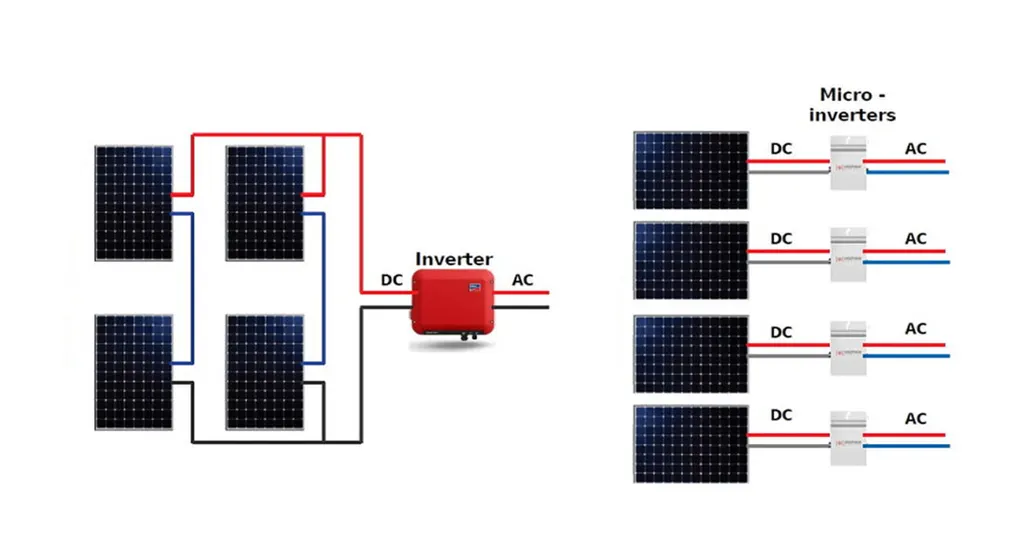
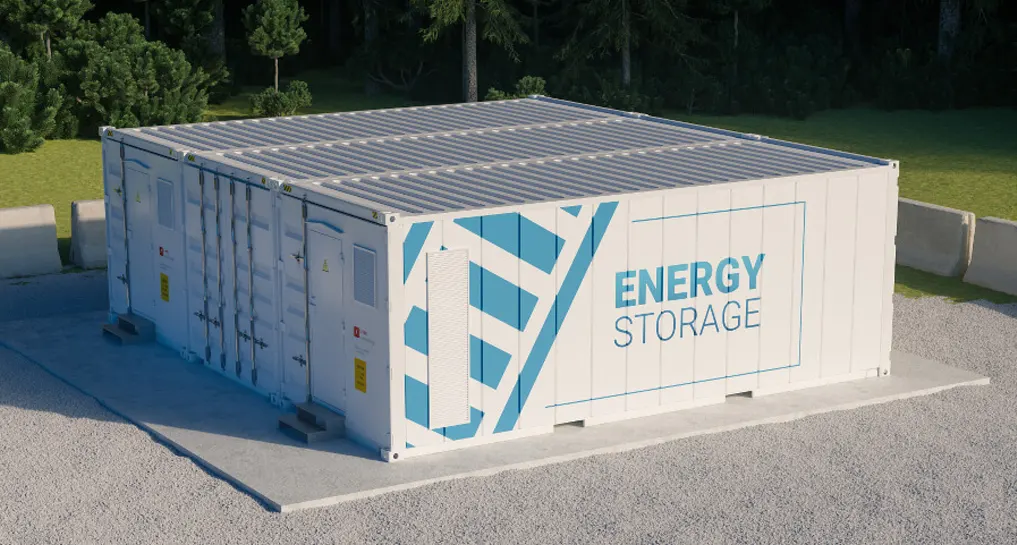
Energy Storage Solutions
To overcome the intermittent nature of solar energy, energy storage systems, such as batteries, are used to store excess energy generated during the day for use at night or during cloudy periods. This technology ensures a consistent power supply.
Improved Materials and Manufacturing Processes
Ongoing research and development efforts by solar module manufacturers aim to enhance the efficiency of solar cells and reduce production costs, making solar energy more accessible and cost-effective.
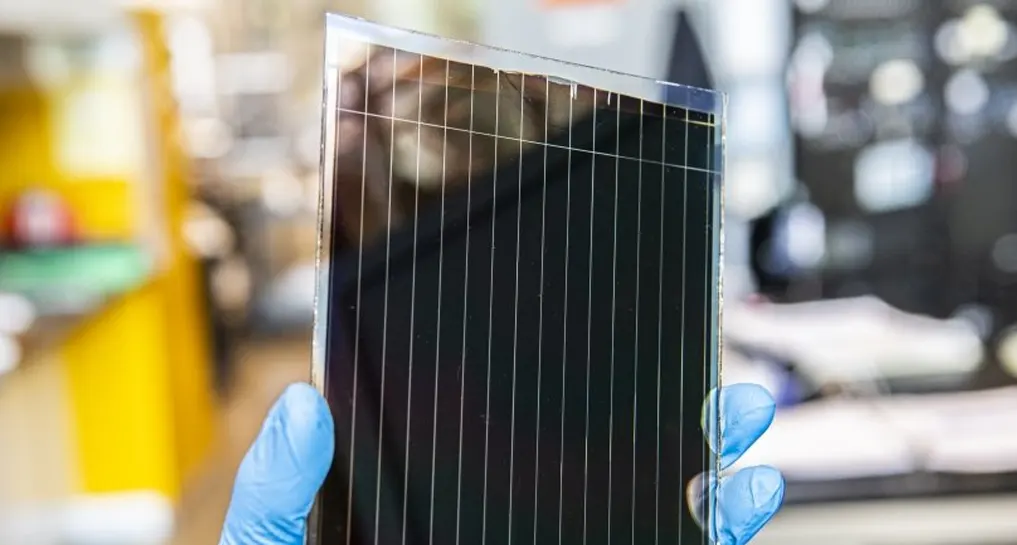
Wrapping Up
The motion of the sun undoubtedly affects the power generated from solar panels. Understanding how the sun's movement impacts energy production is crucial for designing efficient solar energy systems. Solar tracking systems, bifacial panels, smart inverters, and other technological advancements have helped mitigate the challenges posed by the sun's motion, allowing for more consistent and reliable solar energy generation.
As the world increasingly embraces solar energy as a green and sustainable power source, solar module manufacturers in India and around the globe are working tirelessly to improve solar panel efficiency and adapt to changing environmental conditions. With ongoing research and development, solar energy is poised to play a vital role in the transition to a more sustainable and environmentally friendly future.
For more information on solar energy and the latest advancements in solar panel technology, you can visit PIXON , a leading solar manufacturing company in India.
Harnessing the power of the sun is not without its challenges, but as technology continues to evolve, solar panels are becoming more efficient and adaptable, making solar energy an increasingly viable and attractive option for meeting our energy needs while reducing our carbon footprint.